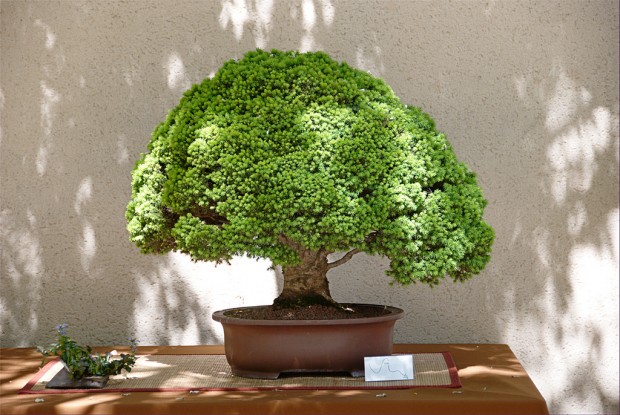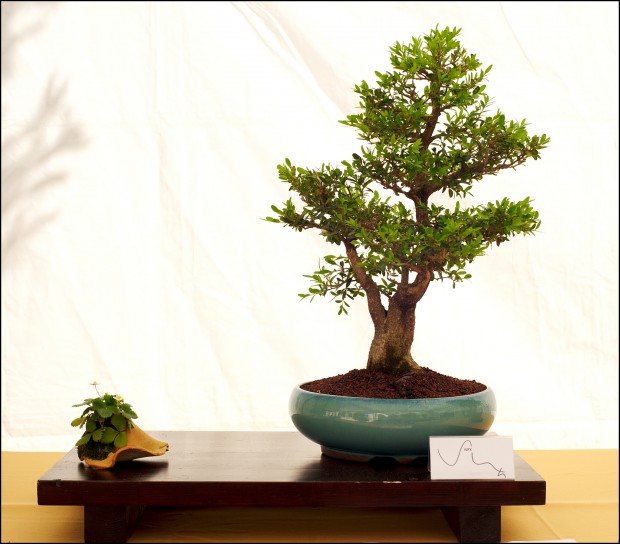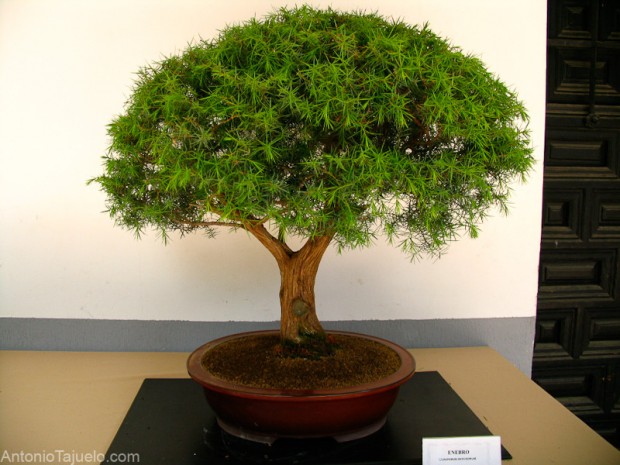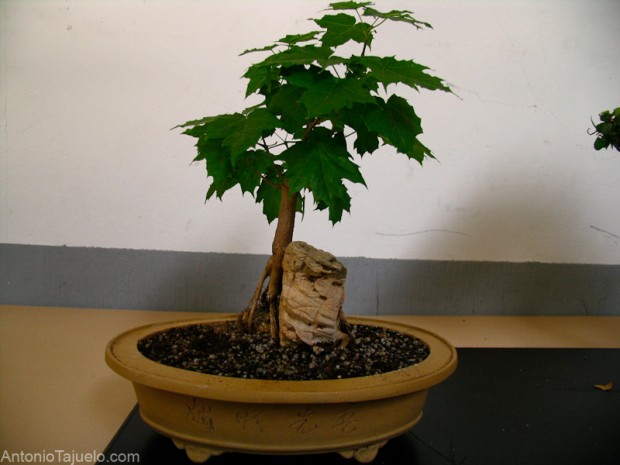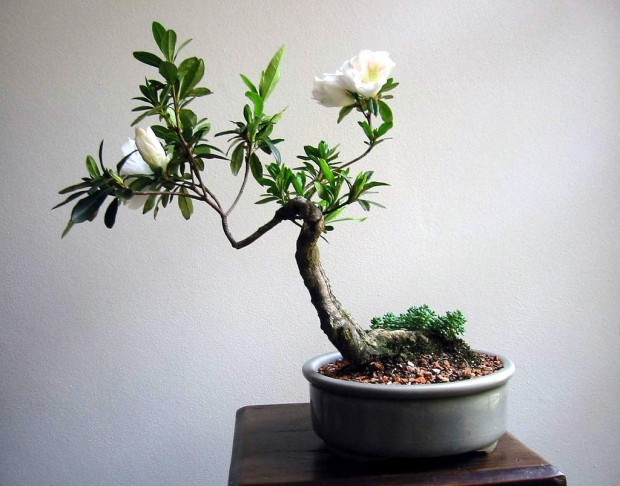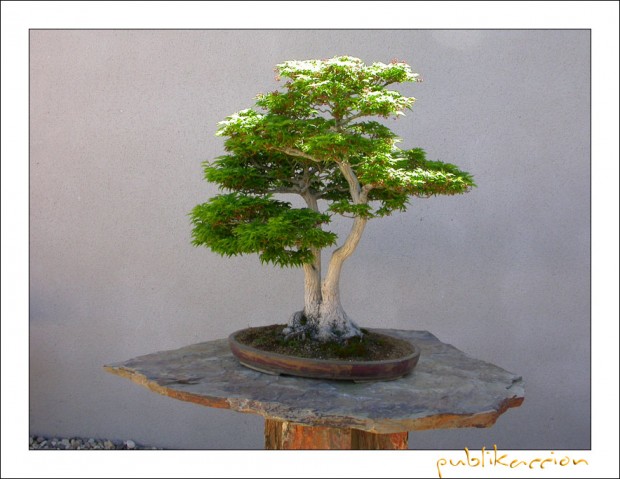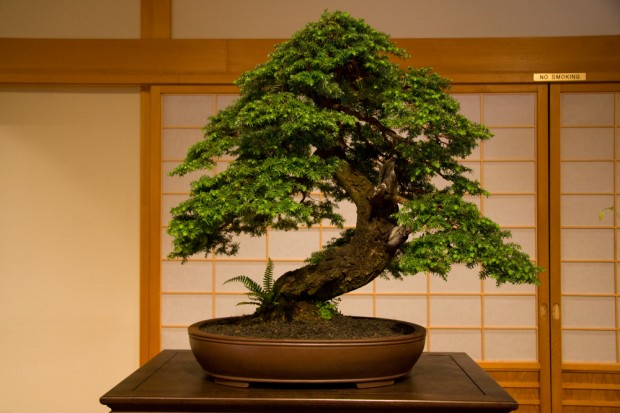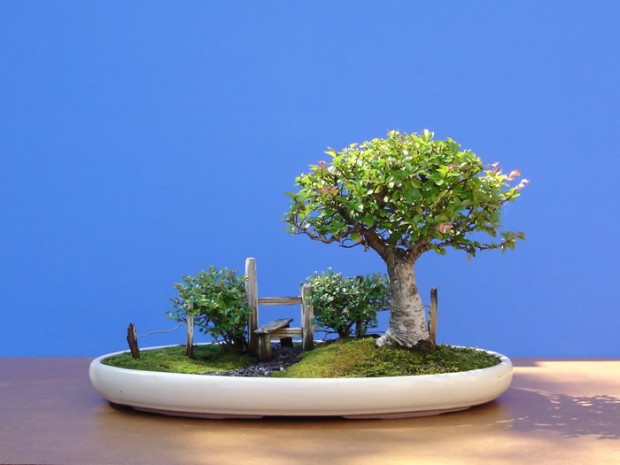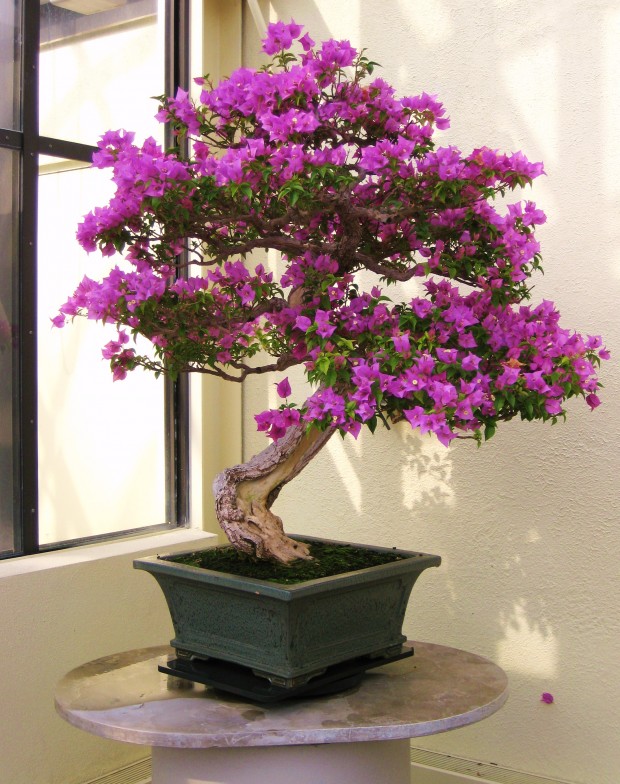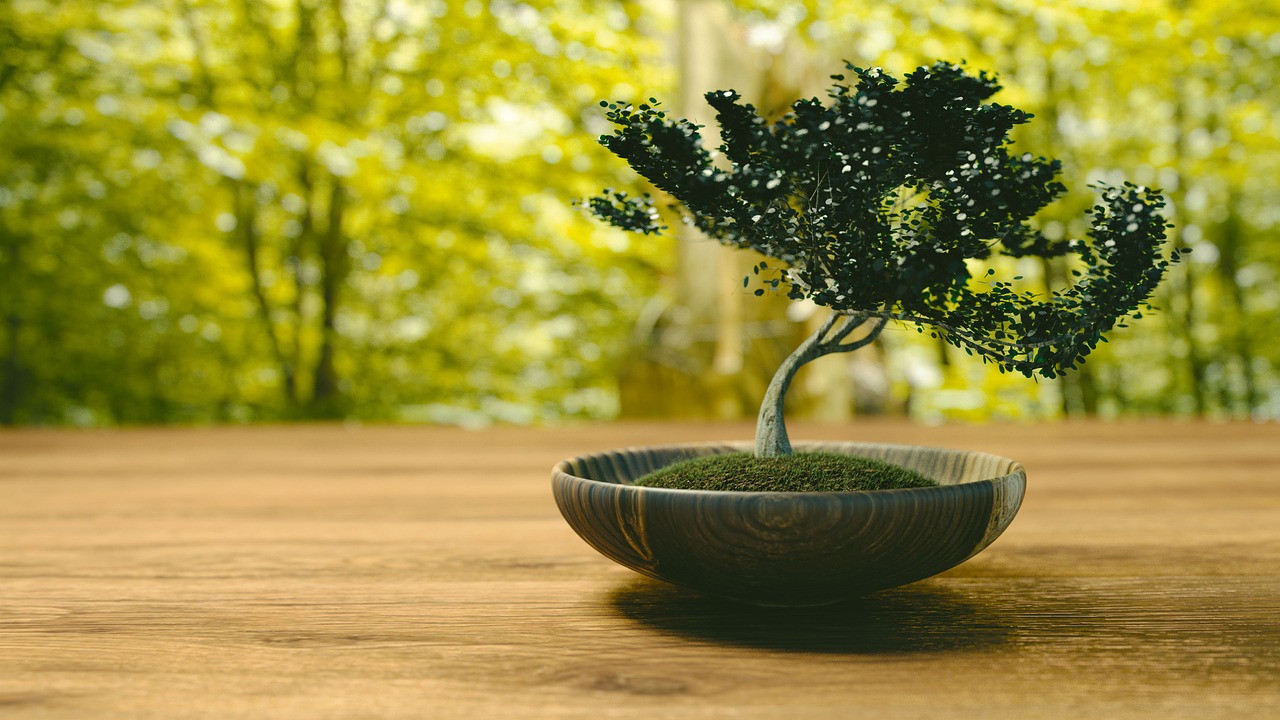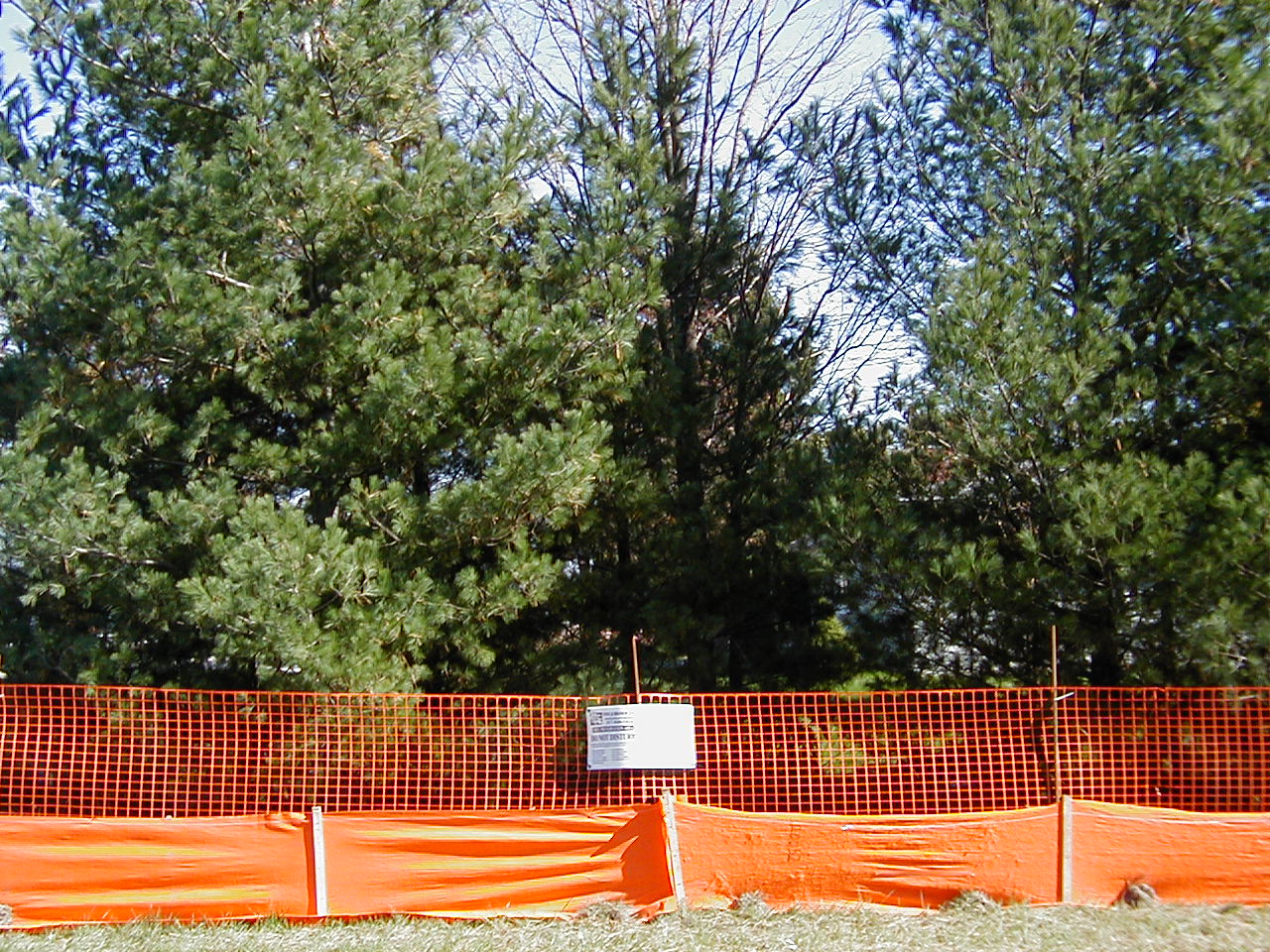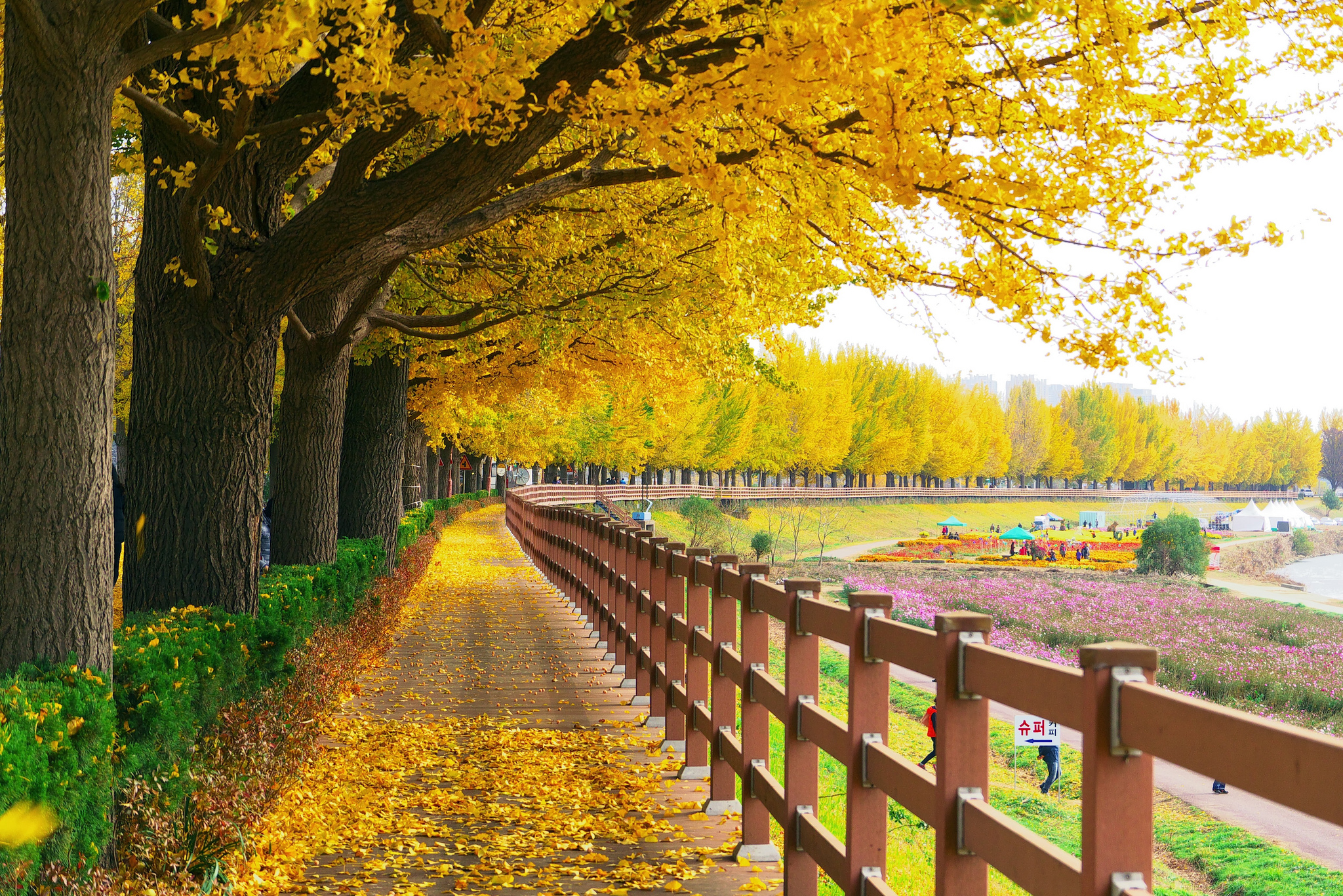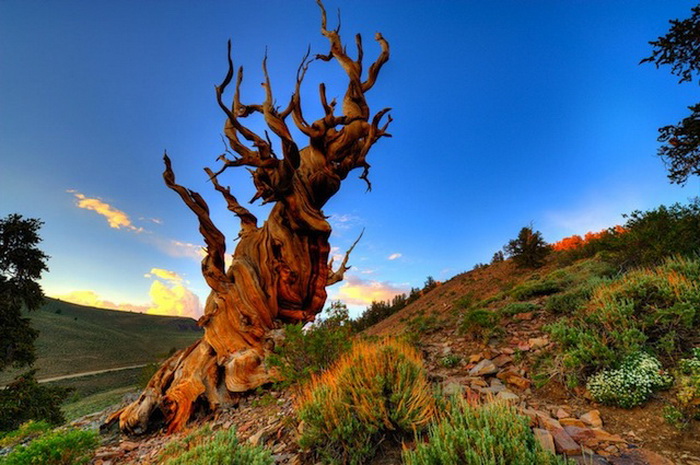The word “Bonsai” is a Japanese term that literally translated means “planted in container”. Creating Bonsai trees is an art that is derived from an ancient Chinese horticultural practice, which was redeveloped under the influence of Japanese Zen Buddhism.
A bonsai is created beginning with a specimen of source material. It may include cutting, seeding or small tree of a species suitable for bonsai development. A bonsai tree can be created nearly of any woody-stemmed tree. Some species are more popular then others for creating miniature trees just because of the small leaves or needles, just to make them appropriate for the compact visual scope.
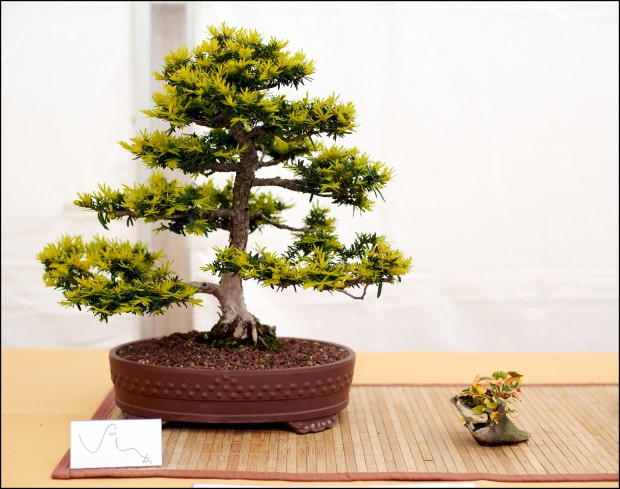
Image by Roger Ferrer Ibáñez via Flickr
Image by Roger Ferrer Ibáñez via Flickr
Sometimes bonsai practice is confused with dwarfing. Dwarfing refers to research, discovery, or creation of plants that are permanent, genetic miniatures of an existing species. Bonsai is totally different, and includes techniques with pruning, root reduction, potting, defoliation and grafting to produce the miniature versions of small trees that mimic the shape and style of mature, full sized tree.
Image by Roger Ferrer Ibáñez via Flickr
The history of Bonsai dates from the 6th century. The Japanese art of bonsai was originally derived from the Chinese practice of penjing.
Image by Antonio Tajuelo via Flickr
Image by Antonio Tajuelo via Flickr
Depending of the size of a bonsai tree, there are common names that are associated. Here is a list of the Japanese names and the sizes.
Large bonsai:
Imperal bonsai – 60-80 inches (152-203 cm)
Hachi-uye – 40-60 inches (102-152 cm)
Dai/Omono – 30-48 inches (76-122 cm)
Medium-size bonsai:
Chiu/Chumono – 16-36 inches (41-91 cm)
Katade-mochi – 10-18 inches (25-46 cm)
Miniature bonsai:
Komono – 6-10 inches (15-25 cm)
Mame – 5-8 inches (13-20 cm)
Shohin – 2-6 inches (5-15 cm)
Shito – 2-4 inches (5-10 cm)
Keshitsubo – 1-3 incehs (3-8 cm)
Image by Andreas D. via Flickr
Image by publikaccion via Flickr
Image by Mike via Flickr
Image by Chris Guise via Flickr

